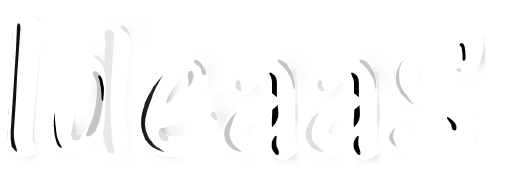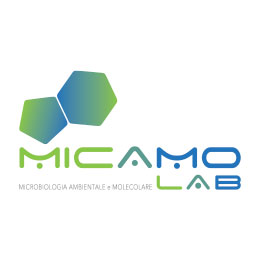“Fish Farming Innovation for Sustainable Husbandry & Intelligence” (FISH&I) – id. n° NBFC_S8PMI_1055
A Project for the Future of Biodiversity
The National Biodiversity Future Center (NBFC) is the first Italian research center dedicated to biodiversity. It was established with the goal of monitoring, preserving, and enhancing Italy’s and the Mediterranean’s rich natural heritage, which is crucial for the well-being of the planet and future generations. Promoted and coordinated by the National Research Council (CNR), the project is funded by the European Union as part of the National Recovery and Resilience Plan (PNRR), with an investment of €320 million for the 2023–2025 period.
Vision & Mission
NBFC’s vision is to create synergy between research, innovation, and policy to halt biodiversity loss and promote sustainable development based on the protection and enhancement of ecosystems. Its mission focuses on identifying and implementing solutions to safeguard terrestrial, marine, and urban ecosystems, fostering an inclusive and multidisciplinary approach that involves institutions, scientific communities, businesses, and citizens.
Structure and Operational Model
NBFC operates under a Hub & Spoke model, with the central hub located in Palermo and eight thematic spokes distributed across various regions of Italy. Each spoke focuses on a specific aspect of biodiversity:
Marine Biodiversity: Conservation of marine biodiversity and sustainable resource management (University of Palermo and University of Naples Federico II).
Terrestrial and Freshwater Biodiversity: Monitoring and safeguarding terrestrial and freshwater biodiversity (University of Siena and University of Modena-Reggio Emilia).
Urban Areas and Health: Study of biodiversity in urban contexts and its impact on human well-being (University of Milan-Bicocca and Politecnico di Milano).
Communication and Social Impact: Raising public awareness and fostering a culture of sustainability (University of Padua and National Research Council – CNR).
Innovation and Collaboration
NBFC brings together over 1,500 researchers, half of whom are women, involving 48 entities, including universities, research institutes, foundations, and companies. The network aims to develop innovative technologies and educational tools to enhance research and raise public awareness about the importance of biodiversity.
Through the Biodiversity Science Gateway, a virtual platform, the collected data will be shared with the scientific community and leveraged to create new economic opportunities.
Strategic Objectives
NBFC aims to contribute to achieving key international milestones, including the United Nations 2030 Agenda for Sustainable Development, by focusing on the following goals:
Protecting at least 30% of Italy’s territory by 2030, aligning with EU directives for biodiversity conservation.
Halting biodiversity loss and promoting the restoration of ecosystems to ensure ecological balance and sustainability.
Cultivating a new generation of researchers, equipped to integrate sustainability and innovation into biodiversity studies and solutions.
Through these efforts, NBFC seeks to position Italy as a leader in biodiversity preservation and sustainable development.
A Lasting Legacy
NBFC positions itself as a benchmark for biodiversity conservation, aiming to leave a tangible legacy beyond 2026. Through sustainable projects, strategic partnerships, and a strong emphasis on education and research, the center seeks to transform biodiversity into a cornerstone of Italy’s and the Mediterranean’s economic and social development.
Project Partners:

IdeaaS x NBFC
The aquaponics project is a task currently being carried out by IdeaaS, aiming to automate processes that ensure the consistent maintenance of the habitat conditions for the flora and fauna within the facility.
The project was awarded to IdeaaS after the company won the related tender, making it one of the most significant projects for the small innovative SME. This opportunity allows IdeaaS to collaborate with major multinational corporations on an international initiative.
The system’s functionality is conceptually straightforward. Sensors, such as thermometers, humidity meters, water quality monitors, or even simple clocks, send signals to a central system. This system analyzes the inputs it receives and, through its integrated AIoT (Artificial Intelligence of Things), determines the most appropriate response for each situation.
For example, if the temperature in the greenhouse becomes too high, the system will send a signal to a Hardwino (an advanced microcontroller platform), which will relay the appropriate response to the greenhouse’s temperature control system. In this case, it would issue instructions to lower the temperature.



